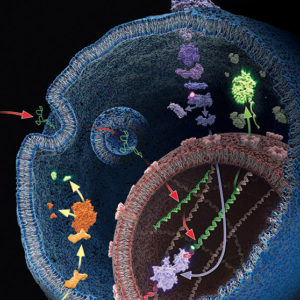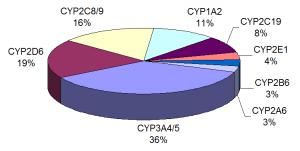With the use of a suite of “-omics” technologies you can examine the way in which complex cellular processes work together across all molecular domains (i.e., proteomics, metabolomics, transcriptomics) in a single biological system. Several studies have been published across a wide range of fields illustrating the power of such a unified approach (1,2). Most studies however did not focus on the development of a high-throughput, unified sample preparation approach to complement high-throughput “omic” analytics.
A recent publication by Gutierrez and colleagues presents a simple high-throughput process (SPOT) that has been optimized to provide high-quality specimens for metabolomics, proteomics, and transcriptomics from a common cell culture sample (3). They demonstrate that this approach can process 16−24 samples from a cell pellet to a desalted sample ready for mass spectrometry analysis within 9 hours. They also demonstrated that the combined process did not sacrifice the quality of data when compared to individual sample preparation methods.
Literature Cited
1. Roume, H. (2013) Sequential Isolation of Metabolites, RNA, DNA, and Proteins from the Same Unique Sample. Methods Enzymol. 531, 219−236.
2. Lo, A. W. et al. (2017) ‘Omic’ Approaches to Study Uropathogenic Escherichia Coli Virulence. Trends Microbiol. 25, 729−740.
3. Gutierrez, D. et al. (2018) An Integrated, High-Throughput Strategy for Multiomic Systems Level Analysis J. Proteome Res.
Are you looking for proteases to use in your research?
Explore our portfolio of proteases today.



